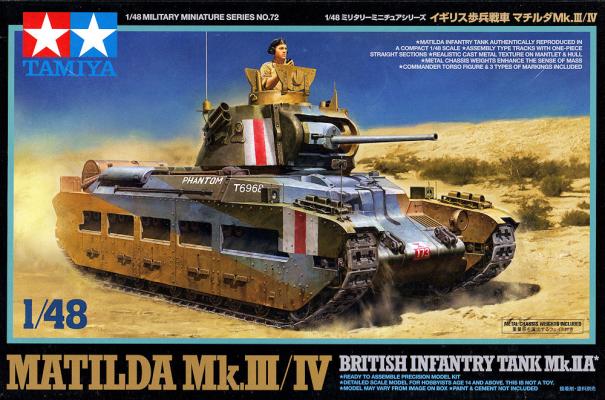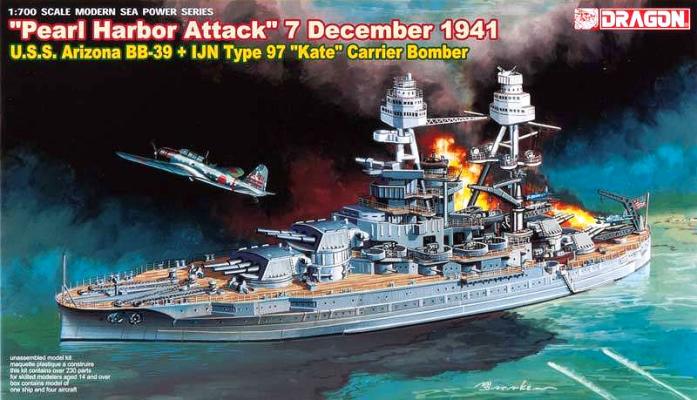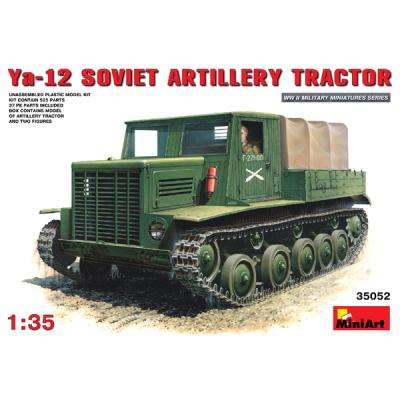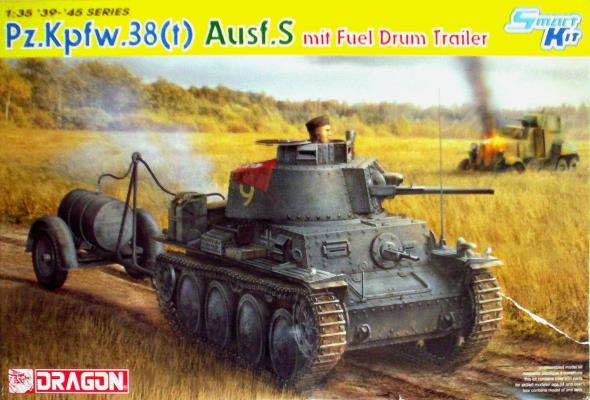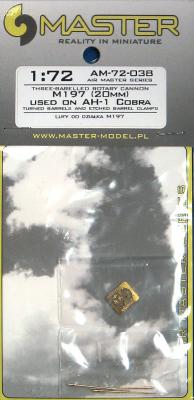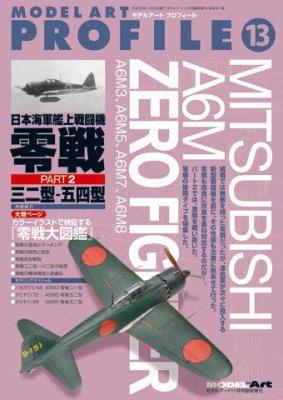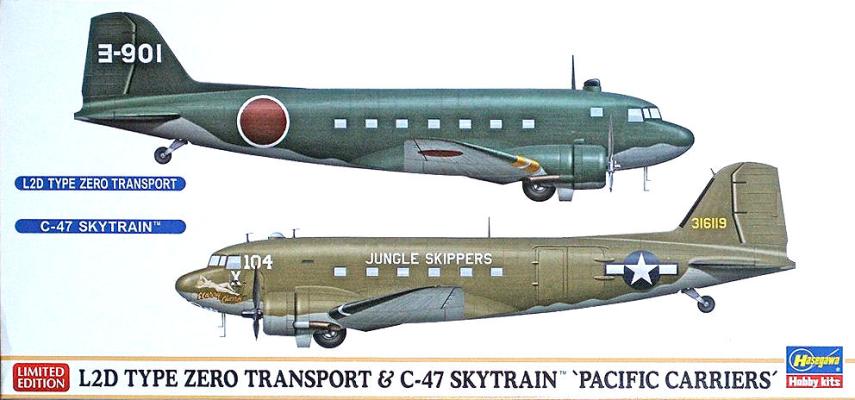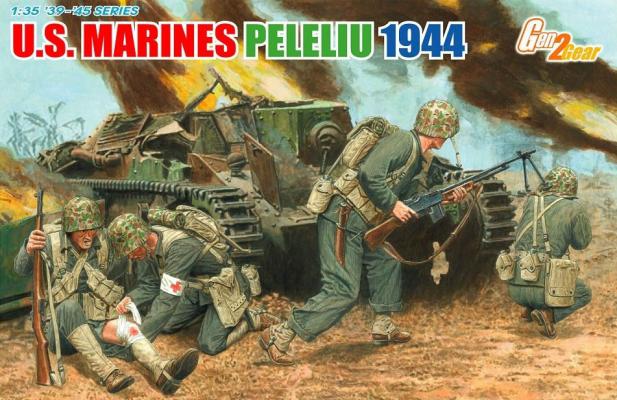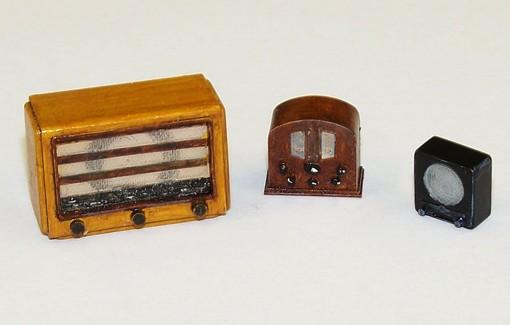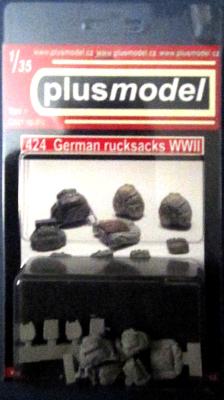A few years ago, Tamiya released an all new 1/35th scale version of the Matilda Mk.III/IV, having produced an earlier kit of this venerable British tank back in the 1970’s. Those who build in 1/48th scale hoped that eventually Tamiya would downsize their new 35th kit and allow the modeler to have an alternative to the 35-year old Bandai 48th scale Matilda, which was selling on the collectors circuit for upwards of $100. Tamiya has kindly obliged!
What's New
History
The Arizona was a Pennsylvania-class battleship, for and by the U.S. Navy in the mid-1910’s. The ship was the second and last of the Pennsylvania class of “super dreadnoughts” battleships. The Arizona had an overall length of 608 ft., beam 97 ft, and draft of 29 ft, 3 in. The ship had four direct-drive Parsons steam turbines, each of which drove four 12 ft. 5 in. diameter propellers. The Arizona’s designed speed was 21 knots. The Arizona carried 12 .45 caliber 14 in. guns in four triple gun turrets. The Arizona took part in several exercises, escorted President Woodrow Wilson to the Paris Peace Conference, was regularly used for training exercises, assisted in the Long Beach earthquake of 1933 with disaster relief, and was featured in the Jimmy Cagney film Here Comes the Navy.
History: The YA-12 light artillery tractors were developed by NATI Designers and launched at the Yaroslavskiy Avtomobilniy Zavod YaAZ-Yaroslav Automobile Plant. In 1943, the United States supplied a large quantity of the U.S.-made GMC-4-71 four cylinder, two stroke, 110 horsepower engines under lend-lease contract. Production started in 1943, and within 12 months a total of 285 units were built. In 1945, production of YA-11s and 12s reached 1,270.
Items in the Box: The model is made from injection molded plastic, gray in color. The plans were made up of a book form, printed on both sides. Clear molded plastic windows, photo etch, and a decal sheet were supplied.
Items in the Box
The model is made from injection molded plastic, gray in color. The plans were made up in book form, printed on both sides. Decal sheet, photo-etched, cable and hose, as well as simulated glass parts were included.
Construction
I started with the lower portion of the tank body, adding running gear and springs. Next, the back and front cover plates, with details, hooks, and exhaust system were added. I pre-painted, as the assembly progressed. Next came the interior details, seats, transmission, and drive shaft, with pre-painting as the assembly progressed. The overhead cover was added next, with machine guns, turret, cannons, and ammo storage container. The tank treads were then assembled to the body. I then assembled the fuel trailers – note: there were enough extra parts for a second fuel trailer, with the exception of the wheels, axles, barrel, and barrel straps. These items were scratch built.
Weapon History
Developed in the late ‘60s to replace the M134 7.62mm mini-gun then in use on lightweight helicopter gunships, the M197 20mm 3-barrel rotary cannon is found primarily in the chin mounted turret of later AH-1 Cobras. A derivative of the M61 cannon found on nearly all US fighters since the F-104, the M197 trades 6-barrels and a higher rate of fire for lighter weight and stopping power gained with a 20mm round. The M197 is still in use today on the Cobra, specifically the AH-1W and AH-1Z operated by the USMC.
Kit Contents
More than just an aftermarket part to superglue in place, the Model Master M197 is a very detailed miniature model kit, with extra emphasis on the miniature! The kit is highlighted by three beautifully turned cannon barrels, a small photo etch fret, and an impossibly small bit of brass representing the center nut. My particular kit was packaged with an extra center nut.
Model Art Profile is published in Japan and is printed in Japanese. Some of the image captions and text have been translated into English, and while the translation is well done, the amount of text in English is minimal.
But as the old saying goes, a picture is worth a thousand words, and the hundreds of images contained in this publication will serve as a excellent and comprehensive reference guide for the modeler.
Profile 13 is the most recent installment in a series of Profiles, and the good news is that most of these publications are still available. To view a list of these publications and to see the aircraft that are covered by these Profiles, follow this link: http://www.modelart.jp/english.special.mp.list.001.html
This Special Edition dual kit is a re-release of Hasegawa’s DC-3/C-47 kit with decals included to build two variants of the L2D “Tabby,” the Japanese copy of the C-47, and one USAAF C-47. The parts are typical Hasegawa – molded in gray and with super detail. On my sample, something apparently happened to the C-47 during packaging because it had what looked like tank tracks across the left vertical fin, and the antenna and pitot masts were bent horizontal. It all turned out OK with some putty and re-scribing. The kit could use the addition of some details – there are no exhaust stacks, for instance.
The L2D kit has the World’s Smallest Resin Part included for the antenna cover atop the forward fuselage – and that pretty well typifies the main issue I had with these kits: size. The builds are straightforward, but some of the smaller parts are so tiny, it’s difficult to hold them and clean up sprue nubs, sand off mold seams, and so forth.
On September 15, 1944, the U.S. 1st Marine Division began the assault on the island of Peleliu in the Palau Islands. What was expected to be a four-day battle turned into a two-month slug-fest as marines tried to root out the dug-in Japanese troops. This battle would prove to be, proportionally, the bloodiest battle the Marines would fight in WW II, made even worse by the fact the island had little strategic value. Eight marines would receive the Medal of Honor for actions on Peleliu, five of them posthumously.
This Dragon release depicts four marines from that battle, although they could represent marines from any of the late war fighting. There is a wounded marine being tended by a U.S. Navy corpsman, a kneeling officer, and a running figure with a Browning Automatic Rifle (BAR).
This review is for Plus Models Old Radios set in their "Easy Line" product range.
The kit consists of three resin cast radios from different decades of the first half of the 20th Century.
These are just simply washed with soap and water to remove the mold-release agent and then painted appropriately with Vallejo and Citadel acrylics. The radios need to be snipped from their resin runner/sprue; there was no flash, warpage, or air bubbles observed.
Many thanks to IPMS/USA and Plus Models for the review sample.
Modelers of German WW II vehicles and figures will find this latest effort from Plus Model of interest. Packed nicely in the new, sturdy plastic packaging are nine resin pieces of German rucksacks, packs, and field gear.
German troops were originally issued a back pack (Tornister) with a flap made of unshaven calf-skin. There were loops on the sides and top for straps to attach the great coat. Plus model has included one of these packs with a rolled up great coat in this set.
The tornister was not sufficient for mountain troops, who were required to carry more gear, so rucksacks based on civilian designs were issued. During the course of the war, these came in a variety of designs, with two or three outside pockets, with or without integral shoulder straps, and in a number of colors.

